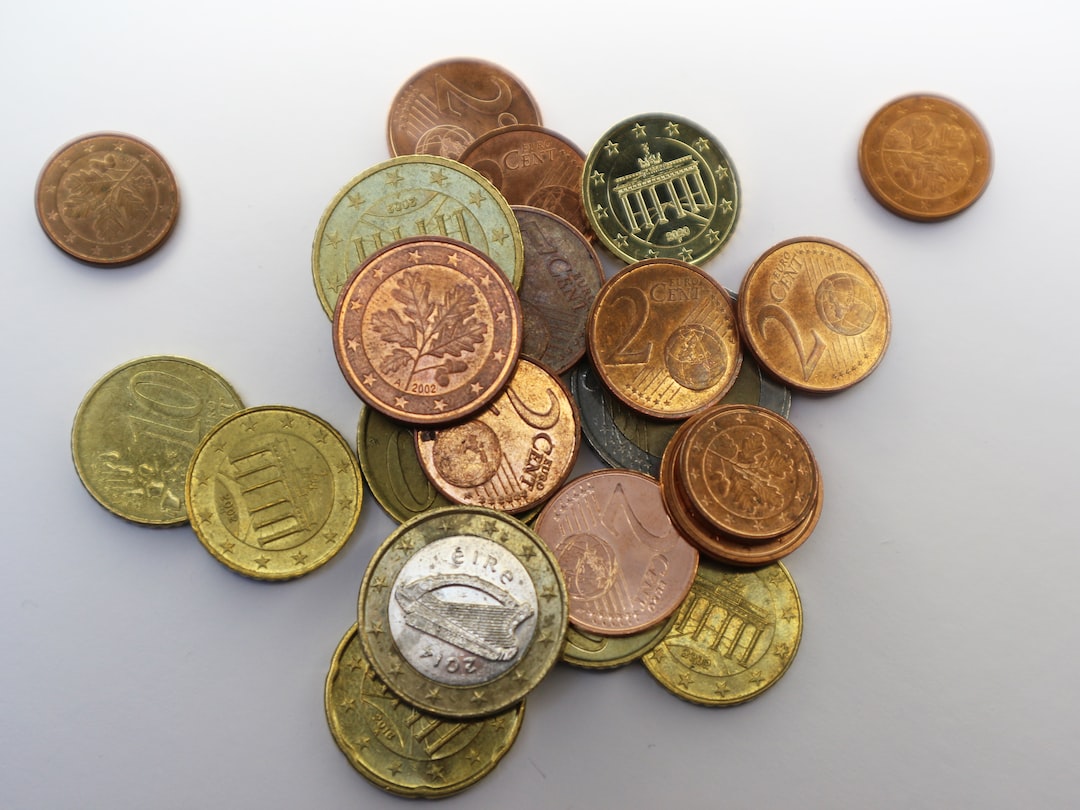Forex, also known as foreign exchange or currency trading, is the largest and most liquid financial market in the world. It is a decentralized market where currencies are traded 24 hours a day, five days a week. Trading in forex can be a lucrative venture if done correctly, but it requires a solid understanding of the market and the trading process.
Here’s how you can trade in forex:
Step 1: Learn the basics
Before you start trading in forex, you need to understand the basics of the market. Forex trading involves buying and selling currencies in pairs. For example, if you think the value of the Euro will increase against the US Dollar, you would buy the EUR/USD pair. If you think the value of the Euro will decrease, you would sell the EUR/USD pair.
It’s important to understand the terminology used in forex trading, such as pips, lots, and leverage. Pips are the smallest unit of measurement in forex trading, and they represent the price movement of a currency pair. A lot is the standard unit of measurement in forex trading, and it represents the amount of currency being traded. Leverage is a tool that allows traders to control a large amount of currency with a small investment.
Step 2: Choose a broker
To trade in forex, you’ll need to open an account with a forex broker. There are many brokers to choose from, so it’s important to do your research and find a reputable broker that suits your needs. Look for a broker that is regulated by a reputable financial authority, offers competitive spreads and fees, and has a user-friendly trading platform.
Step 3: Fund your account
Once you’ve chosen a broker, you’ll need to fund your trading account. Most brokers offer a variety of funding methods, such as credit/debit cards, bank transfers, and e-wallets. Choose the funding method that is most convenient for you and make a deposit.
Step 4: Choose a trading platform
Most forex brokers offer their own trading platform or use popular platforms such as MetaTrader 4 or 5. These platforms allow you to analyze the market, place trades, and manage your account. Choose a platform that is user-friendly and suits your trading style.
Step 5: Analyze the market
To make informed trading decisions, you need to analyze the market. There are two main methods of analysis in forex trading: technical analysis and fundamental analysis.
Technical analysis involves studying charts and using technical indicators to identify patterns and trends in the market. Fundamental analysis involves analyzing economic and political events to determine the impact on currency prices.
Step 6: Place trades
Once you’ve analyzed the market, it’s time to place trades. You can place a market order, which is an order to buy or sell at the current market price, or a pending order, which is an order to buy or sell at a specific price in the future.
It’s important to use risk management strategies when placing trades, such as setting stop-loss and take-profit orders. A stop-loss order is an order to close a trade at a specific price to limit losses, while a take-profit order is an order to close a trade at a specific price to secure profits.
Step 7: Monitor your trades
Once you’ve placed trades, it’s important to monitor them and adjust your strategy if necessary. Keep an eye on the market and any news or events that may impact currency prices. Don’t be afraid to close a trade if it’s not working out as planned.
In conclusion, trading in forex requires a solid understanding of the market and the trading process. It’s important to choose a reputable broker, analyze the market, place trades using risk management strategies, and monitor your trades. With patience, discipline, and a bit of luck, forex trading can be a profitable venture.





